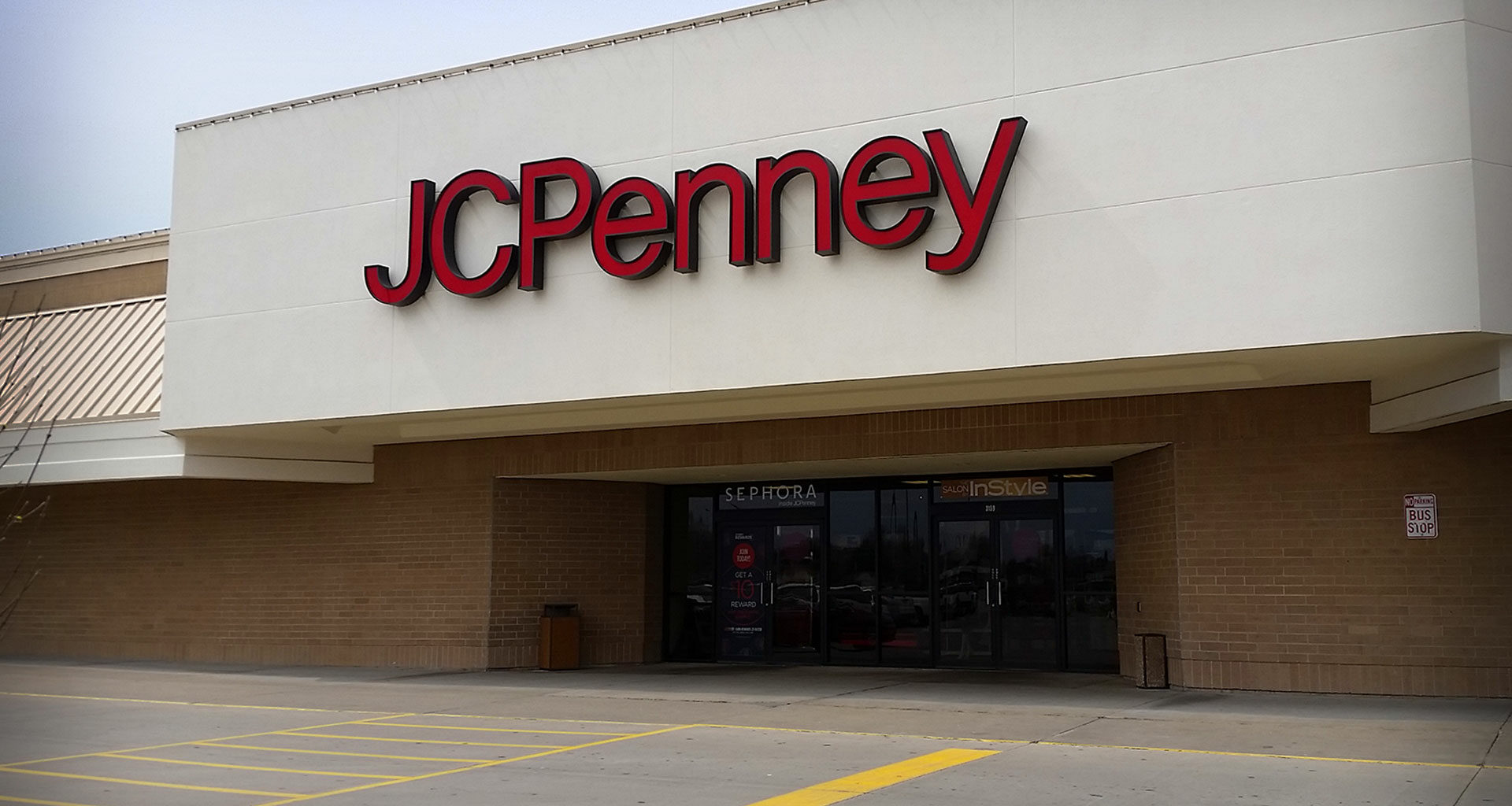It’s an unfortunate bi-product of the COVID-19 crisis. Ill health of and the ultimate passing of brands.
Current market conditions attributed to the COVID-19 crisis have decimated some company revenues and pushed struggling companies over the edge into Chapter 11 proceedings. More in some categories than others Retail is one of the sectors hurting most, but happily there are is a brand palliative that can forestall a Chapter 11 pandemic.
Conversations with TheCustomer – JC Penney’s Brand Loyalty Metrics Tell a Bigger Story from TheCustomer on Vimeo.
As marketers and brand consultants we weren’t surprised at the disappearance of well-known and admired brands like Toys-R-Us, Borders, Payless, and Sports Authority. The recent and relatively-recent Chapter 11 filings by venerated brands like J. Crew, Neiman Marcus, Henri Bendel, Lord and Taylor and most recently, J.C. Penney DID NOT come as a to surprise us either.
According to our 2020 Customer Loyalty Engagement Index, J.C. Penney has been #8 (of 8 sector brands we track) when it came to customer loyalty for the past 4 years. Five years ago, they were #6, were stagnant in 2016, dropped to #7 in 2017, and have been #8 ever since. Now they are in Chapter 11. We take note of the complete lack of gasps following that loyalty inventory!
The more loyal the customer, the better your sales. Some hard economic facts-of-brand-life prove:
- In 2020 it costs 15 times more to recruit a new customer than keep an existing one (and we note that since the COVID-19 pandemic that multiple has likely increased).
- An increase in loyalty of 5% lifts lifetime profits per customer as much as 76%.
- An increase in loyalty of 5% is equal to a 12% across-the-board cost reduction.
And customer loyalty is a leading-indicator of customer behavior, sales, and, axiomatically, profitability.
J.C. Penney’s sales have fallen every year since 2015, which tracks perfectly with its customer loyalty assessments. And yes, factors other than customer loyalty do contribute to the collapse of brands. At one point J.C. Penney defined its customer base as “youthful in attitude though slightly older in age.” But if you can’t get people to come into your stores and buy something, generally speaking you’re facing something direr than a slightly older customer base and the need to “reorganize.” You really need to do something about your brand and customer loyalty.
Ron Johnson’s (the former SVP of Apple retail, who not only had products consumers actually wanted, a brand that differentiated itself from the competition, and actual loyal customers) 2011 business decision to eliminate discounts in favor of everyday low prices and to eliminate in-house brands was the beginning of the end.
Customer loyalty metrics alerted us to that blunder early-on because it went contrary to precisely what consumers wanted. J.C. Penney operated on Mr. Johnson’s Apple-honed “gut” instinct and (likely) standard market research designed in rote compliance with guidelines ensured to limit actual thinking about what customers really wanted.
Whatever they had in place was inadequate for capturing real decision-making drivers that customers used to make their purchases because consumer decision-making had become more emotional than rational. Yes, “value” is always an element of the retail sector but “everyday low prices” wasn’t – and didn’t – resonate emotionally with customers. This should have become clearer to the brand that was in a death-spiral of same store sales, but for the past 9 years have plowed ahead with the boundless optimism of the Donner party, which earned their place in history!
Our approach to loyalty has been independently-validated by organizations like The Advertising Research Foundation, the Association of National Advertisers, and ESOMAR. You need to be able to accurately answer the following questions:
- How does the consumer view your category?
- What does the “Ideal” brand look like to them (ultimately it will describe the path-to-purchase drivers designating how they view and compare brands, and buy and buy again?
- What will drive consumers to your brand and not the competition?
- What are the category & consumer values make the greatest contribution to sales?
- What do consumers really expect, overall and for each of the category drivers that behaviorally describe the “Ideal.”
- How well does your brand meet – re even exceed – consumers’ very high expectations for each of the category drivers that behaviorally describe the Ideal for them?
And here’s the thing: Consumer expectations for the drivers of the Ideal increase each year – on average 30%. Brands only manage to keep up by only 7%. That leaves an awfully big gap between what consumers really desire & what they think your brand delivers. J.C. Penney fell into that gap!
Oh, and J.C. Penney hasn’t made an annual profit in nearly a decade.
But if tracked properly, customer loyalty metrics give your brand some capability to avoid Chapter 11. And, the ultimate passing of your brand.

Robert Passikoff is founder and CEO of Brand Keys. Robert has received several awards for research innovation including the prestigious Gold Ogilvy Award and is the author of 3 marketing and branding books including the best-seller, Predicting Market Success.













